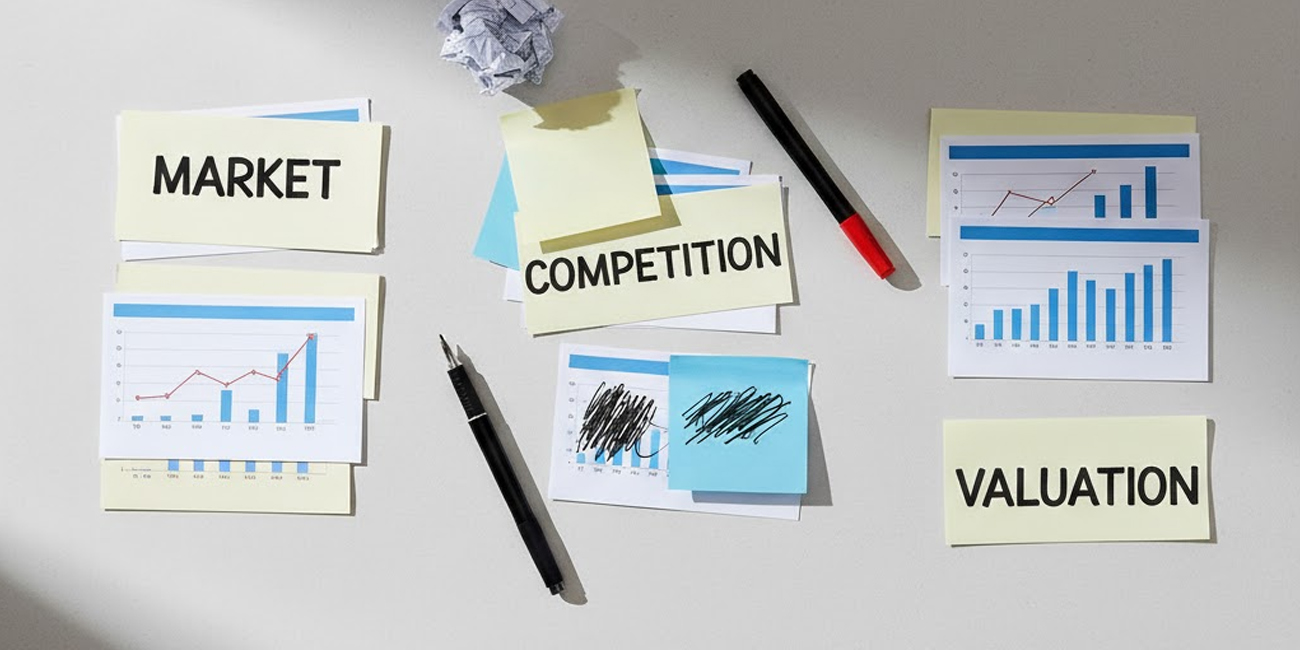Venture Capital Deck Support: A Pre-Mortem on Your Fundraising Thesis

Every fundraising pitch carries risk. Even well-designed decks can conceal inconsistencies, unclear assumptions, or overlooked questions. Without a structured evaluation, founders may miss gaps that could derail a conversation with investors. Conducting a pre-mortem turns the deck into a rehearsal for scrutiny, highlighting weaknesses before they become real problems.
Stage 1 – Mapping Risk
Start by cataloging the deck’s potential vulnerabilities. List every slide and ask: what questions could a partner raise here? Typical areas of concern include financial projections, unit economics, market sizing, and customer retention assumptions. Number these risks by severity to prioritize corrections.
- Revenue assumptions that outpace realistic growth may trigger skepticism.
- Market expansion strategies without supporting evidence can appear speculative.
- Metrics lacking context, such as churn or engagement trends, can confuse or mislead.
This structured risk mapping ensures the team addresses what matters most, rather than revising arbitrarily. Experienced reviewers, including teams like 50Proof, can provide a second layer of scrutiny, revealing blind spots founders may overlook while maintaining the deck’s core message.
Stage 2 – Stress Testing
Once risks are identified, simulate scrutiny. Present the deck to internal stakeholders or advisors and solicit pointed questions. For instance, a scenario might ask: if revenue suddenly drops in Q3, how would you explain it? This mini-case study approach forces clarity in logic and narrative flow. Stress testing also uncovers redundancies, confusing visuals, or gaps between metrics and story.
During this stage, design and data presentation matter. A slide may contain excellent metrics, but poor visualization can obscure meaning. Testing readability, visual hierarchy, and labeling ensures that key points are understood immediately. Simplifying complex graphs and integrating concise callouts can reduce cognitive load while enhancing credibility.
Stage 3 – Strategic Alignment
After testing, ensure every slide reinforces the overall thesis. Think of the deck as a symphony: each metric, visual, and narrative section should contribute to the crescendo—the investment rationale. Let’s imagine the deck as a runway; slides are the lighting guiding the plane to a smooth landing. Misaligned sections act as dark patches, confusing the audience. Alignment of narrative and metrics reassures partners that the business is coherent, prepared, and scalable.
Strategic alignment also strengthens internal cohesion. Teams reviewing the deck during pre-mortem exercises often identify operational insights, improving planning and decision-making. Integrating visual cues, financial evidence, and strategic narrative in harmony ensures that the deck conveys professionalism and executive discipline.
Taking a pre-mortem approach is more than a defensive exercise; it is a proactive strategy. Anticipating scrutiny, stress-testing assumptions, and aligning the story with metrics transforms a fundraising deck into a compelling, credible argument. Teams who embed this process into preparation signal readiness, reduce investor uncertainty, and increase the likelihood of successful capital raises.